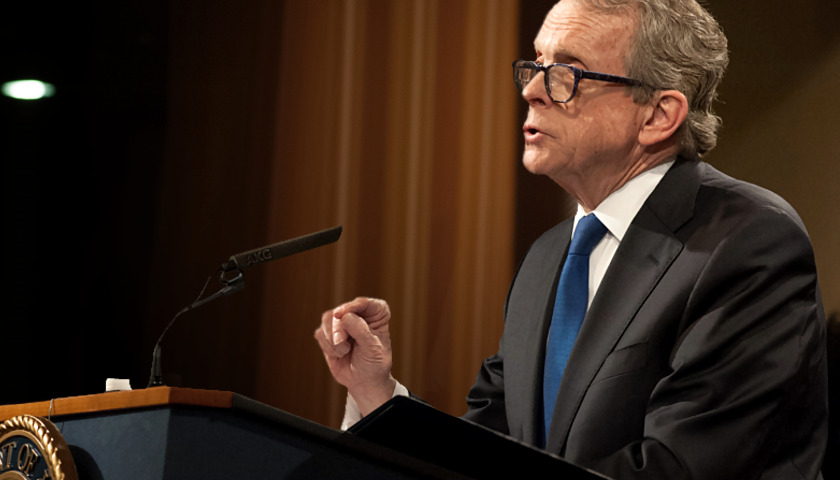by Todd DeFeo
Ohio concluded the 2020 fiscal year with General Revenue Fund tax revenues of $1.1 billion, or 4.6 percent, below estimates, a clear indication of the impact the COVID-19 restrictions have had on the state.
Tax revenues in June were $50.5 million, or 2.2 percent, below estimate. However, state officials noted that revenues were better than a month earlier when they were 13 percent below expectations.
To balance its budget, state officials implemented several cost-cutting measures, including reducing state agency budgets. State officials also shifted Medicaid expenses using the enhanced Federal Medical Assistance Percentage (FMAP), which Congress authorized with the Families First Coronavirus Response Act.
“In contrast to the April and May revenue results, June demonstrated returns only moderately below the original budgeted estimates and showed a slight year-over-year increase,” Kimberly Murnieks, director of the Ohio Office of Budget and Management, said in a memo.
“Personal income tax showed the largest decline from estimate, associated with the postponement of income tax payment deadlines,” Murnieks added. “Non-auto sales tax was below estimate, but by much less than in April and May. Meanwhile, auto sales tax revenues were well above estimate, presumably partially due to a catch-up from the historically negative performance of the two prior months.”
Auto tax revenues in June were $34.1 million, or 24.1 percent, above estimates and ended the year $45.3 million, or 2.9 percent, below estimates. GRF receipts totaled $3.5 billion, which were $126.9 million, or 3.7 percent, above estimates, which primarily stems from the receipt of federal grants, officials said.
In May, Gov. Mike DeWine announced $775 million in budget cuts across the state to offset the impact of COVID-19.
Moving forward, the state could tap into the rainy day fund to balance its budget. State officials have increased Ohio’s rainy day fund to nearly $2.7 billion from its balance of 89 cents about a decade ago, and the state could use the entirety of the fund amid the pandemic.
DeWine said last week the state would be tapping into the rainy day fund.
“And by the time we get completely through this, I’m sure we will use all the rainy day fund,” DeWine said, according to News 5 Cleveland.
– – –
Todd DeFeo is a contributor to The Center Square.





